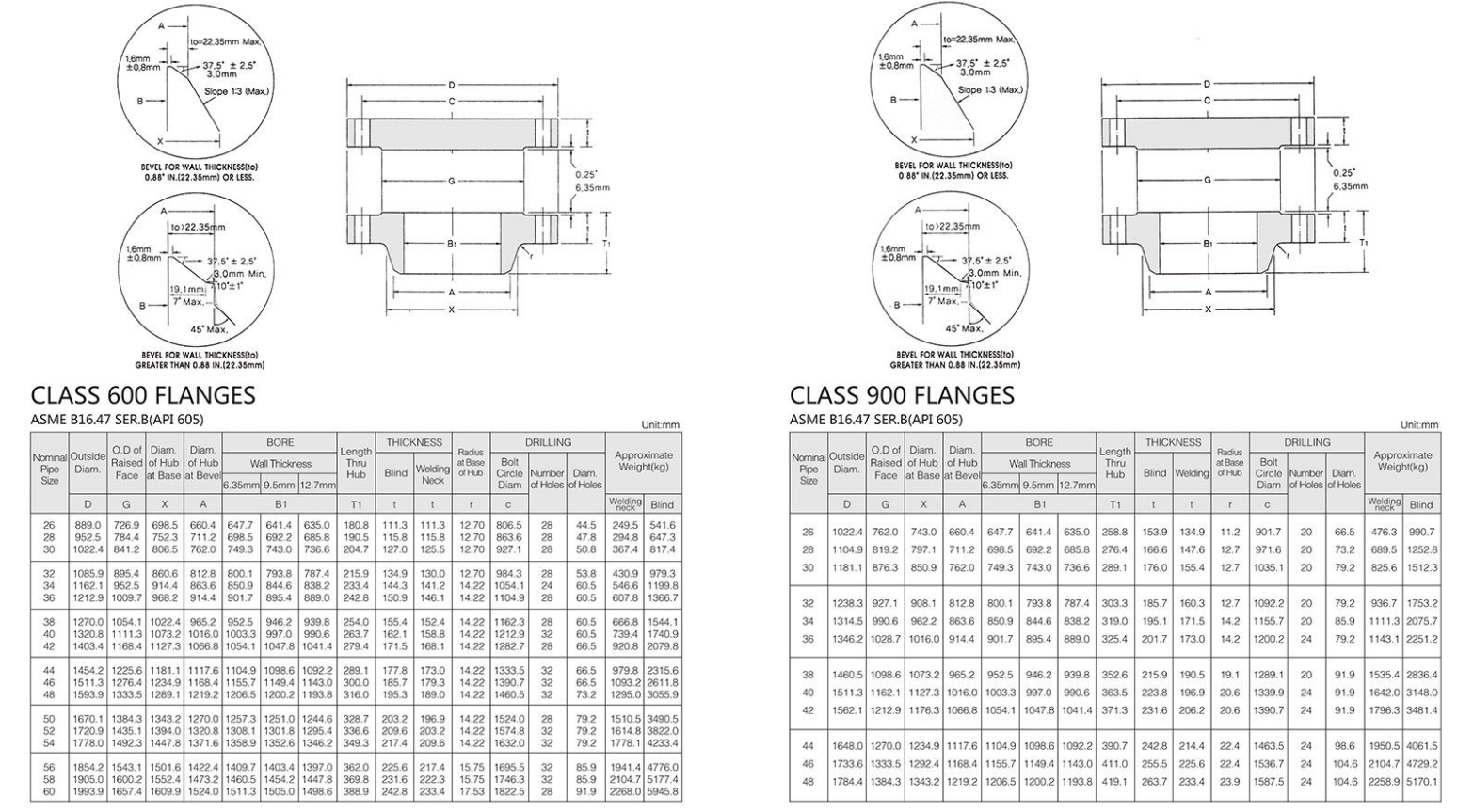-
Cangzhou Yulong Steel Co., Ltd.
-
Phone:
+86 13303177267 -
Email:
admin@ylsteelfittings.com
- English
- Arabic
- Italian
- Spanish
- Portuguese
- German
- kazakh
- Persian
- Greek
- French
- Russian
- Polish
- Thai
- Indonesian
- Vietnamese
- Zulu
- Korean
- Uzbek
- Hindi
- Serbian
- Malay
- Ukrainian
- Gujarati
- Haitian Creole
- hausa
- hawaiian
- Hebrew
- Miao
- Hungarian
- Icelandic
- igbo
- irish
- Japanese
- Javanese
- Kannada
- Khmer
- Rwandese
- Afrikaans
- Albanian
- Amharic
- Armenian
- Azerbaijani
- Basque
- Belarusian
- Bengali
- Bosnian
- Bulgarian
- Catalan
- Cebuano
- China
- China (Taiwan)
- Corsican
- Croatian
- Czech
- Danish
- Esperanto
- Estonian
- Finnish
- Frisian
- Galician
- Georgian
- Kurdish
- Kyrgyz
- Lao
- Latin
- Latvian
- Lithuanian
- Luxembourgish
- Macedonian
- Malgashi
- Malayalam
- Maltese
- Maori
- Marathi
- Mongolian
- Myanmar
- Nepali
- Norwegian
- Norwegian
- Occitan
- Pashto
- Dutch
- Punjabi
- Romanian
- Samoan
- Scottish Gaelic
- Sesotho
- Shona
- Sindhi
- Sinhala
- Slovak
- Slovenian
- Somali
- Sundanese
- Swahili
- Swedish
- Tagalog
- Tajik
- Tamil
- Tatar
- Telugu
- Turkish
- Turkmen
- Urdu
- Uighur
- Welsh
- Bantu
- Yiddish
- Yoruba

Oct . 07, 2024 00:14 Back to list
bending 1 stainless steel tubing
Bending 201 Stainless Steel Tubing A Comprehensive Guide
When it comes to working with stainless steel, particularly 201 stainless steel tubing, bending is a common process that requires careful consideration and precise techniques. Known for its combination of strength, corrosion resistance, and affordability, 201 stainless steel is widely used in various applications, ranging from automotive components to construction. This guide aims to provide insight into the fundamental aspects of bending 201 stainless steel tubing, including methods, tools, and best practices.
Understanding 201 Stainless Steel
201 stainless steel belongs to the austenitic family of stainless steels. Its composition typically includes chromium (around 17-19%) and nickel (about 3.5-5.5%), with a higher level of manganese. This steel grade is often chosen for applications that require moderate corrosion resistance combined with mechanical strength. However, it is important to note that while 201 stainless steel is less expensive than other austenitic grades like 304 or 316, its corrosion resistance is relatively lower, making it less suitable for highly corrosive environments.
Bending Techniques
Bending stainless steel tubing can be accomplished through several methods, each with its own advantages and specific applications
1. Manual Bending This method involves hand tools, such as pipe benders or tubing benders. It is suitable for small projects or when only a few bends are required. However, manual bending may not provide the precision needed for tighter tolerances and complex angles.
2. Mechanical Bending Utilizing bending machines can streamline the process for larger projects or batch production. Machines can control the bending angle and radius more accurately, ensuring consistent results across multiple units. This method is efficient for manufacturing environments.
3. Heat-Induced Bending Heating the tubing prior to bending can reduce the risk of cracking and allow for tighter bends. However, care must be taken to avoid over-heating, which can lead to structural integrity issues.
4. Roll Bending This technique is used for achieving large-radius bends in pipes and tubes. Roll bending machines utilize a series of rollers to gradually shape the steel, minimizing stress and distortion.
Tools Required
bending 1 stainless steel tubing

To successfully bend 201 stainless steel tubing, a variety of tools may be needed, depending on the chosen method
. Essential equipment includes- Bending Jigs or Forms These help maintain the shape of the tubing during the bending process, ensuring uniformity. - Tube Bender A manual or hydraulic tube bender can provide the leverage necessary for bending without kinking. - Cutting Tools If the tubing must be shortened, appropriate cutting tools, like band saws or tube cutters, are necessary. - Safety Equipment Personal protective equipment, including gloves and safety glasses, is essential to ensure safety during the bending process.
Best Practices for Bending 201 Stainless Steel Tubing
To achieve optimal results, follow these best practices
1. Consider the Bend Radius Always keep in mind the minimum bend radius for the tubing being used. A bend that is too tight can lead to wrinkles or a kinked appearance.
2. Pre-Analysis Before bending, analyze the tubing layout and consider the application to determine the most suitable bending technique and angles.
3. Use Lubricants When necessary, applying lubricant can help ease the bending process and reduce friction, which minimizes the risk of damage.
4. Conduct a Test Bend If possible, conduct a test bend on a scrap piece of tubing to identify any potential issues before executing the final bend.
5. Monitor for Distortion After bending, inspect the tubing for any signs of distortion or changes in dimensions. Corrective measures should be taken if the tubing has not maintained its intended shape.
Conclusion
Bending 201 stainless steel tubing involves a blend of art and engineering. By understanding the material properties, selecting the appropriate bending method, and employing the right tools, one can achieve precise and reliable results. As industries continue to employ 201 stainless steel in diverse applications, mastering the bending techniques will remain a valuable skill for metalworkers and fabricators alike. Whether for small hobby projects or large-scale industrial applications, proper bending of 201 stainless steel tubing is essential for ensuring functionality and durability.
Latest news
-
ANSI 150P SS304 SO FLANGE
NewsFeb.14,2025
-
ASTM A333GR6 STEEL PIPE
NewsJan.20,2025
-
ANSI B16.5 WELDING NECK FLANGE
NewsJan.15,2026
-
ANSI B16.5 SLIP-ON FLANGE
NewsApr.19,2024
-
SABS 1123 FLANGE
NewsJan.15,2025
-
DIN86044 PLATE FLANGE
NewsApr.19,2024
-
DIN2527 BLIND FLANGE
NewsApr.12,2024
-
JIS B2311 Butt-Welding Fittings LR/SR 45°/90° /180°Seamless/Weld
NewsApr.23,2024











